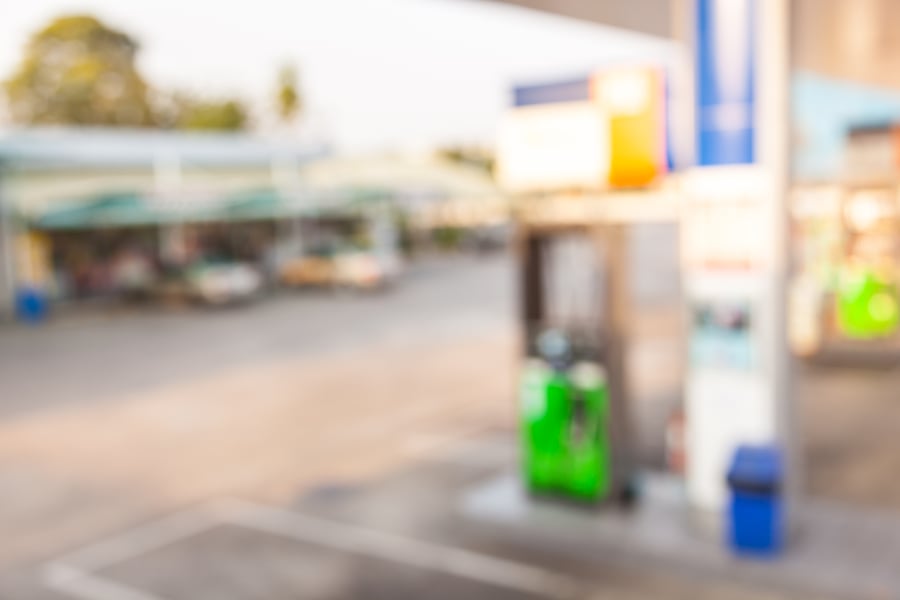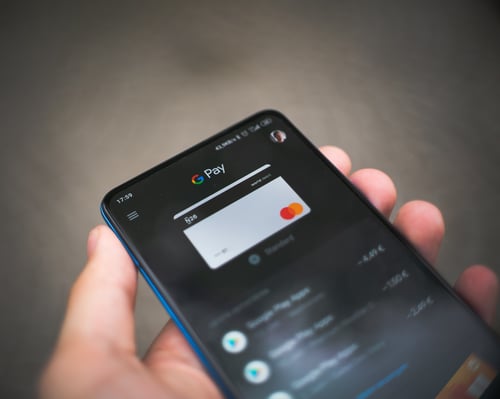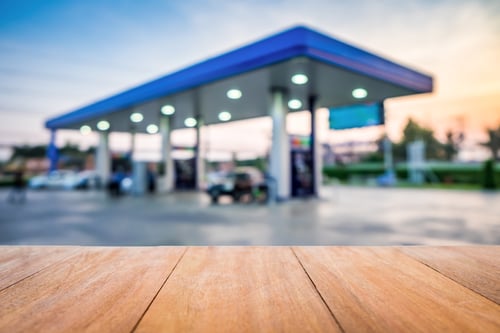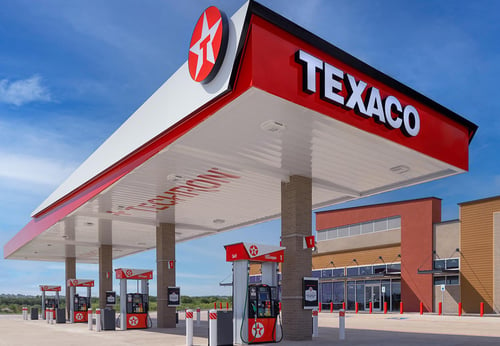
From Tesla to Toyota, car manufacturers are partnering with tech giants like Microsoft to accelerate innovation for app-connected cars. IoT platform and software development providers, app designers, testing and integration consultants, governmental agencies, and private enterprises are all joining the rush to create a connected car ecosystem. What role can gas stations and convenience stores play—and how can they capture the opportunities represented by smart cars?
Smart Cars Can Drive Consumers to Gas Stations—or Drive Them Away
Some smart cars are already shifting consumers away from gas station trips by offering digital concierge services. In 2016, Volvo leveraged its Scalable Product Architecture vehicle platform featured in the XC90 and S90 to pilot a new set of services for customers in California. Interfacing the car’s technology with the owner’s smartphone allows the owner to issue a temporary digital key to trusted vendors who can refuel, service, wash, or valet the vehicle. With digital billing integrated into the process, the owner never even has to meet those refueling the car. The key expires after a single use, ensuring the car cannot be accessed again without permission.
Obviously, the on-demand mobile fuel delivery trend as a whole threatens the revenue stream of convenience store owners who rely on in-store sales to remain profitable. Fortunately, other car manufacturers are partnering with gas stations to bring customers back into the fold. In 2017, Shell and Jaguar partnered to create the industry’s first in-car payment app. The application allows drivers to use the car’s touchscreen to access Shell’s cashless payment app and buy gas using PayPal or other payment platforms. Parking, tolls, and restaurants are next on the list for integration into Jaguar’s InControl system. Shell also partnered recently with SAP and Volkswagen to create an app for locating parking spaces and fuel stations.
What about Convenience Store Sales?
Gas station sponsored apps can help bring drivers to the pump, but that approach still leaves money on the table. One solution is to bring convenience store items directly to the driver. Only about one out of three visitors to a gas station choose to buy an item in-store during their visit. Most prefer not to enter the store at all. But that doesn’t mean they would have a problem with making a purchase if they didn’t have to wait in line to do it. Being able to tap into this trend could mean a double-digit boost in revenue for convenience store retailers.
In the U.S., several mobile and connected car app development companies are working on ways for consumers to preorder and pay for food from their car for delivery curbside or at the pump. Such a system would tie in to the store’s POS so that the in-car menu could display the offerings currently available in inventory. And, unlike solutions sponsored by a specific gas station chain or car manufacturer, the APIs would be available for integration and white labeling across many different platforms and brands. For single stores and smaller chains that can’t afford to build their own apps, having access to a third-party solution is essential.
Should Larger Chains Develop Their Own Apps?
For those gas station and C-store chains that have the resources to do so, making a play in the mobile space to develop or sponsor connected car apps may represent a major opportunity. From making recommendations for in-store purchases of automotive items based on the car’s OBD (on-board diagnostic system) to managing rewards programs, there are many ways for stores to tap in to the power of the daily commute and stay ‘top of mind’. Dynamic digital signage on-site at convenience stores already helps drive revenue with suggestions for services such as car washes and daily food specials. A mobile app that pushes a coupon to the car’s dashboard at the same time could boost consumption of these goods and services even more.
What Else Might Change with Smart Car Convenience?
A brand new smart gas station in Beijing reveals what the future might look like when consumers aren’t even willing to get out of the car at a convenience store at all. Internet connected cars can enter the gas station lot, triggering a geo-fencing system that automatically opens an ordering app on the infotainment touch screen. Drivers tap to buy gas and items from the convenience store, and attendants pump the gas and bring out the purchased goods. It’s a combination of human service and modern technology that is almost eerie. In the end, tomorrow’s gas stations might look a lot like the gas stations of yesterday, with full service taking on a whole new meaning.






